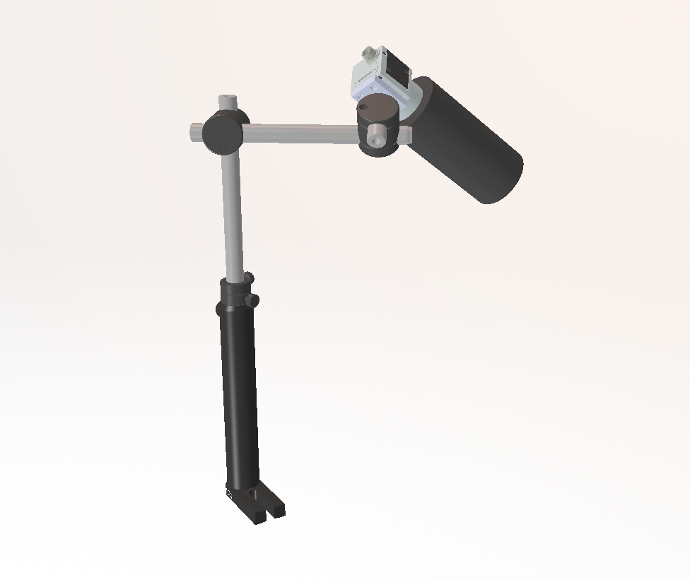
Device Probing Camera Manual XYZ
PN0283 displays small areas on electronic devices when making electrical connections using probes. The camera can also be used to capture images of the unit under test for use with the Picture Overlay software tool.
Applications
-
Electronic device probing
Overview
Included Components
-
Video camera
-
Macro Zoom lens
-
Camera cable
-
Manual XYZ arm assembly
Required Products
Related Products
Manufacturer Information